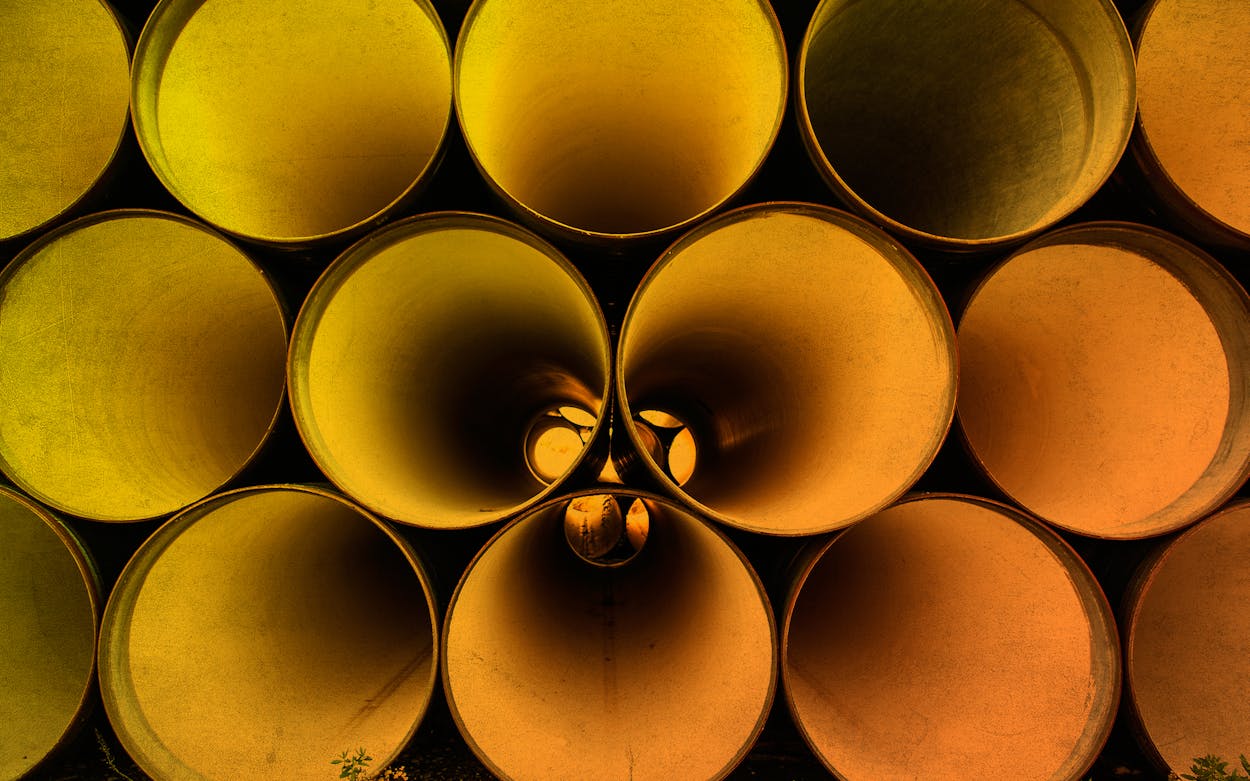In the nineties, a bumper sticker with the words “happiness is multiple pipelines” could be seen slapped on cars from Houston to Washington, D.C., to Baku, Azerbaijan. Though that slogan referred to the effort to build other pipelines that bypass Russia to move oil out of the Caspian Basin, the sentiment applies today in Texas, too. There are simply not enough pipelines to take away the natural gas being produced in the Permian Basin to markets where it can be used.
The Wall Street Journal highlighted this issue in a Monday story:
Pipelines running from the region’s Permian Basin to the Gulf Coast’s chemical plants, cities and export terminals are essentially full. Drillers in the Rockies and Canada already supply markets in the north and west.
There is plenty of room on pipelines running south to Mexico, which has emerged as a major market for U.S. producers, but there is a catch: much of the gas distribution infrastructure and power plants there that would buy the fuel haven’t been built yet.
The number of rigs in the Permian has climbed more than 70 percent in the last year, to 391, the Journal reported. But this abundance of gas is depressing prices for the commodity, and may force producers to temporarily put the brakes on drilling. If that doesn’t happen, “the roughly 6 billion cubic feet of gas that needs to be moved out of West Texas each day will rise to 8.5 billion cubic feet by late 2019,” the Journal continued, citing a report from Sanford C. Bernstein & Co. “That will exceed what pipelines can transport north, east and west from the Permian.”
One sector capitalizing on cheap natural gas has been the power industry. Vistra Energy Corporation, the Irving-based owner of Luminant, bought a 1,054 megawatt power plant in Odessa in August, which will be powered by gas from the Permian. Meanwhile, Luminant is slated to close three coal-fired plants—Monticello, Big Brown, and Sandow—and its Three Oaks coal mine, near Elgin, this January, at a loss of 600 jobs at the four sites.
The amount of oil and gas still locked in the Permian Basin is staggering. “[S]ince 1923 more than 30 billion barrels of oil have been extracted from the Permian Basin. Yet according to IHS-Markit, it still contains more than twice as much recoverable oil as has been drilled over the last 94 years,” Joe Nocera wrote in a BloombergView column in September. “Indeed, the greatest oil field of them all, the Ghawar field in Saudi Arabia, is estimated to have the same amount of recoverable oil—70 billion barrels—as the high end of IHS-Markit’s estimate.”
- More About:
- Energy







